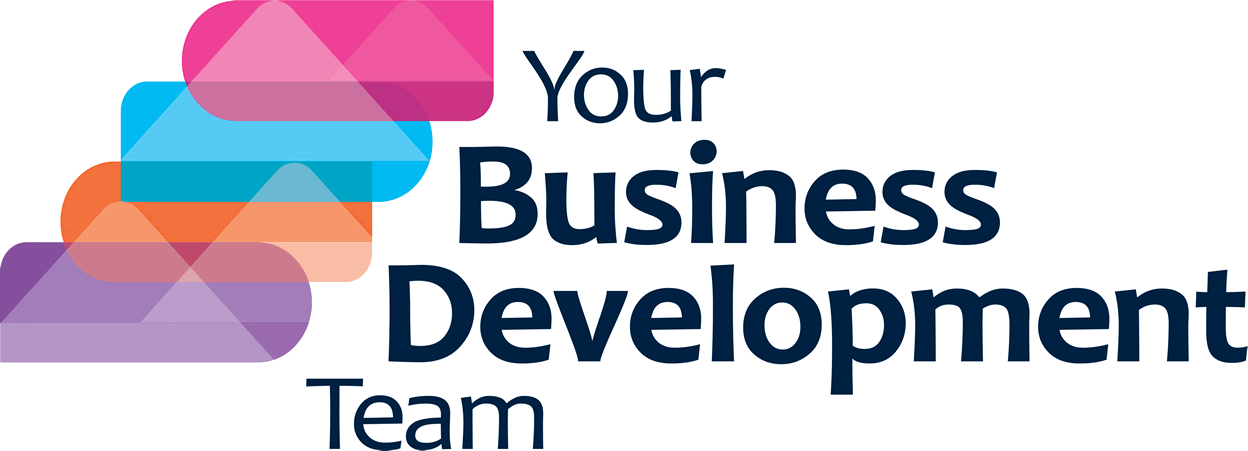I am currently reading a great marketing book by Richard Shotton called The Choice Factory. In it, he talks about research into first impressions and how important they are to get right. Through examining behaviour research, Shotton develops the well-known phrase, “First impressions matter,” to explain that Brands are often associated with one characteristic which colours the rest of the beliefs consumers hold about them. The reason first impressions are so important, is because they often form the initial belief which then affects our relationship with the Brand forever.
The way I see it is, if we create a bad impression, we can put a prospect off our company for life but if we create a good impression, it is only the start of the relationship. As a Sales Director, you need to ensure that:
- You and your team always create a good impression when you speak with a new prospect
- Once you have had an initial conversation you need to follow it up in an appropriate way
The first action above is important to all businesses across all industries and requires planning, processes and training. The second action, however, is particularly important to companies who sell high value services and products. This is because the length and complexity of the sales process have a direct correlation to the cost and complexity of the product you sell.
If you are looking to grow your business in an effective manner, you need to develop a funnelling process which includes the following steps:
- Creating an initial interest = identifying leads
- Identifying interest and clarifying time scales= identifying prospects
- Following up and nurturing the prospects= converting to customers
Having worked with many clients to create leads and build a pipeline of prospects, we find that most companies struggle with the third stage and this is because the follow up process is difficult to define, control and manage. To improve this, we recommend that you consider the following elements:
- Identify what you still need to find out about your prospect and take steps to close this gap. This can be done through looking at their website and LinkedIn profile or by speaking to the prospect directly using prepared questions.
- Understand the prospect’s personality type and work out how to best communicate with them. You can read more about buying profiles in our previous Blog, here.
- Agree a timeline for further communication and a point of purchase or review which you are aiming towards.
- Break the process down into small goals that you plan for each communication point. Things like, finding out where the project is and understanding who else is involved; other ways in which you might be able to help can be useful steps in building a relationship.
- Ensure that you are always checking if your contact is welcome and appropriate.
- Push for a definitive answer where possible so you are not pursuing a false opportunity and inaccurately inflating your pipeline.
We hope this is helpful in supporting improved lead conversion and increased overall sales revenue. Having said that, creating the correct follow up process is not easy and most companies I come across get it wrong in some way.
As follow up is a big part of what we do, we have developed some good insights which we will be happy to share with you. Get in touch to discuss your specific requirements.

